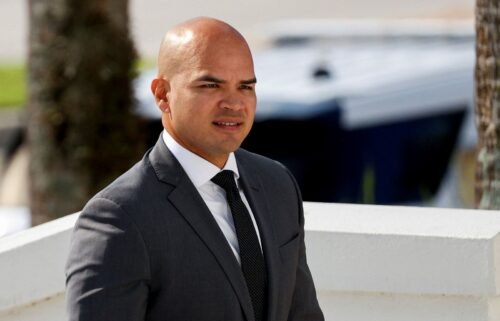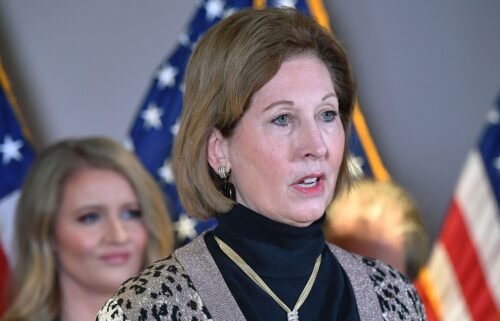Explaining to my children why the world is burning

We were just sitting down for dinner on Sunday night when videos of the flames leaping around Interstate I-80 in California suddenly appeared across my wife’s phone. She held up her screen so I could see it from across the table, and we paused before eating, talking quietly about the horror of the moment and the harbingers of worse to come.
Then my 10-year-old daughter piped up: “California’s on fire?”
I hadn’t realized she’d been listening, distracted as she was with a bowl of fettuccine under a mountain of parmigiano. My wife and I glanced at each other, in one of those unspoken communications parents have when trying to figure out how to address an “adult” topic in response to a child’s question.
Then my wife explained about the drought and the high winds, and I told our daughter that this was part of climate change making the natural world more dangerous. I added, “And that’s why we have to work so hard to fix this. Because there’s still hope.”
How do we talk to our children as we teeter on the edge of climate apocalypse? Fires and floods and terrible storms seem to make the news on a weekly basis. While these aren’t the only bad things happening in the world, the long-term scope of the climate crisis, coupled with ongoing disasters — natural, but intensified by human activity — raise particularly difficult questions for parents.
We can try to shield our children from the truth, but kids these days rapidly learn how to access information for themselves. This is good! Information literacy and critical thinking are the keys to success in the 21st century. But by the time children are ensconced in elementary school, parents simply cannot control the flow of news and ideas to their kids. We need to be ready.
I try to walk a fine line between not sugarcoating the news while also not scaring my kids. It’s true that the climate crisis is not like other problems. There may never have been such great disasters looming on the horizon; at the same time, there’s never been a crisis for which we’ve had so many tools to both predict and mitigate the worst consequences.
As a historian, I think about great plagues, earthquakes, famines and other disasters that often arrived without warning, and even when understood, could rarely be prevented. Today’s disasters are greater in scale than almost anything in human history, but scientists have been working for decades to understand the relationship between the carbonization of our atmosphere, rising temperatures and more extreme weather — and they’ve discovered myriad ways to fight back.
Just last week, for example, a group of United Nations scientists argued that we could halt the rise of greenhouse gases by restoring around 900 million hectares of disused wastelands with crops, trees or pasture, and that we would thereby sequester enough carbon in the soil to slow the rise in global temperatures for 15 to 20 years. The total cost? $300 billion — paltry on a global scale. Of course, we also need high-tech solutions involving new sources of power (or more efficient delivery of power generated by renewables), locomotion, building design, agriculture and so much more. But using land more wisely can buy us the time to get there.
Meanwhile, the politics of the climate crisis are changing. I’ve been telling my daughter in particular about the young women leading the way, from Quannah Chasinghorse to Greta Thunberg to Isra Hirsi, co-founder of the US Youth Climate Strike and, like my daughter, a proud Minnesotan. These are the role models I want to elevate for her, even as they lay out the seriousness of the battle that will likely dominate their lives.
Recently I talked over direct message with Erin Biba, a science journalist and climate communicator whose work I admire because she focuses on the dual message that our climate problems may be both more serious and more solvable than most people think. Biba tells me that a central focus for her is “to make sure to stay away from the ‘individual responsibility’ rhetoric and to focus on systemic change and remaking industry.”
While Biba says she’s no expert when it comes to talking to children, she thinks kids especially “shouldn’t feel like the burden is on their tiny individual shoulders.”
Meanwhile, the news isn’t getting better. Late Sunday night, a new fire broke out near the Getty Museum in Los Angeles. Pacific Gas & Electric (PG&E), the for-profit power company that, per the Wall Street Journal, enjoyed years of boosted revenues as the company deferred maintenance while arguably enhancing fire risk (a finding that the company disputes), is now shutting off power to lower the threat of new fires. The resulting blackouts, in turn, are creating new threats, especially for disabled people who rely on power for basic needs like oxygen or mobility. It’s easy to succumb to despair.
But despair is not a luxury available to parents. By having children, we’re committed to the long-term view. Throughout my life, I’ve always rolled my eyes at the cliché “think of the children,” so often deployed by politicians who are advocating for their various pet policies. But right now I am thinking of my children. And when I see the worry and empathy in my daughter’s eyes, I know I have to do more than just allay her fears. I have to believe my own message and remember there’s genuine hope — and then get back to work pursuing that systemic change.


